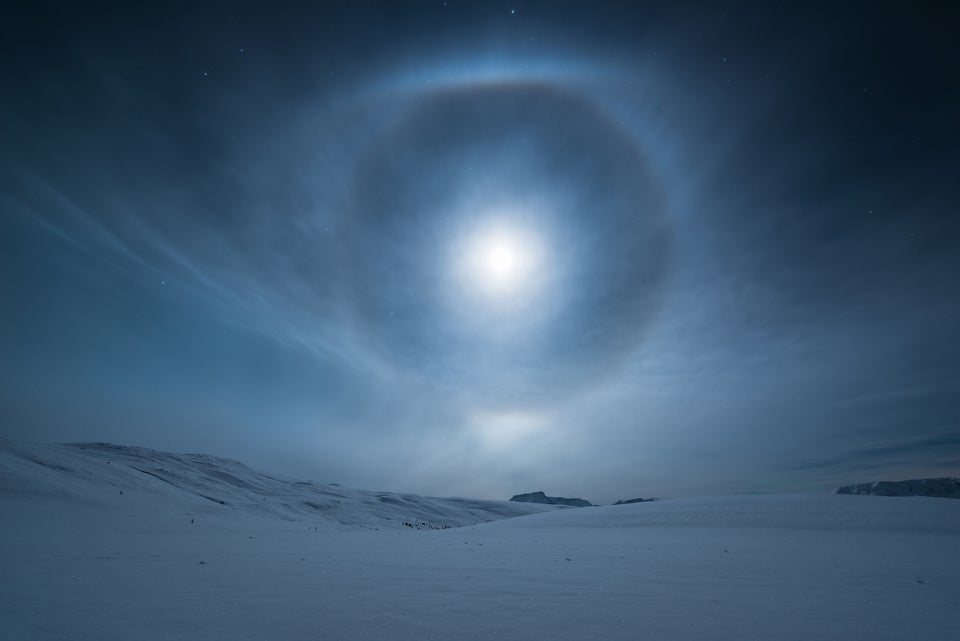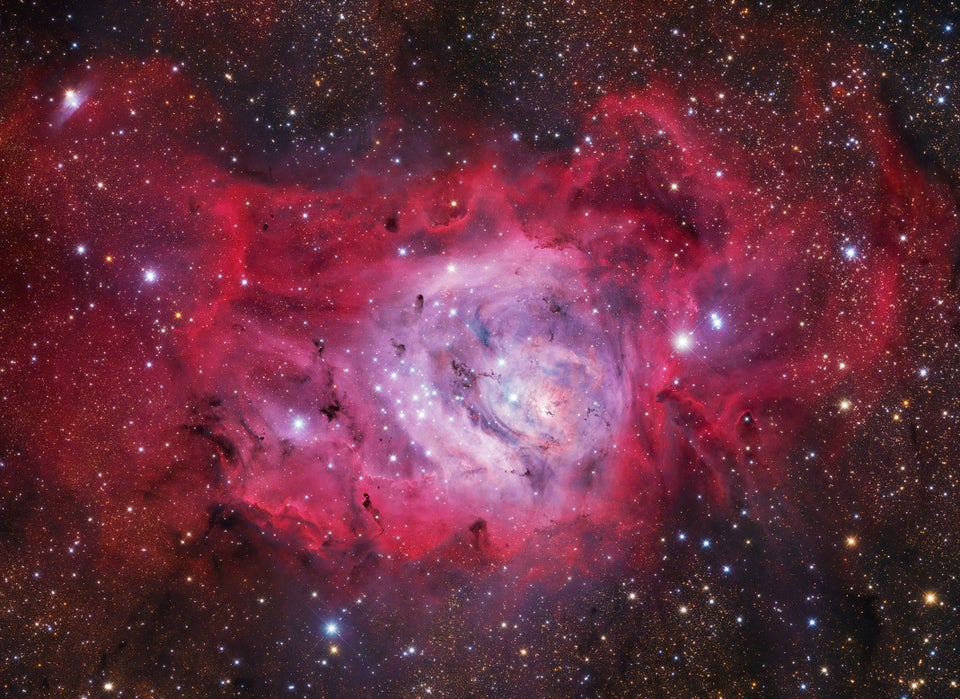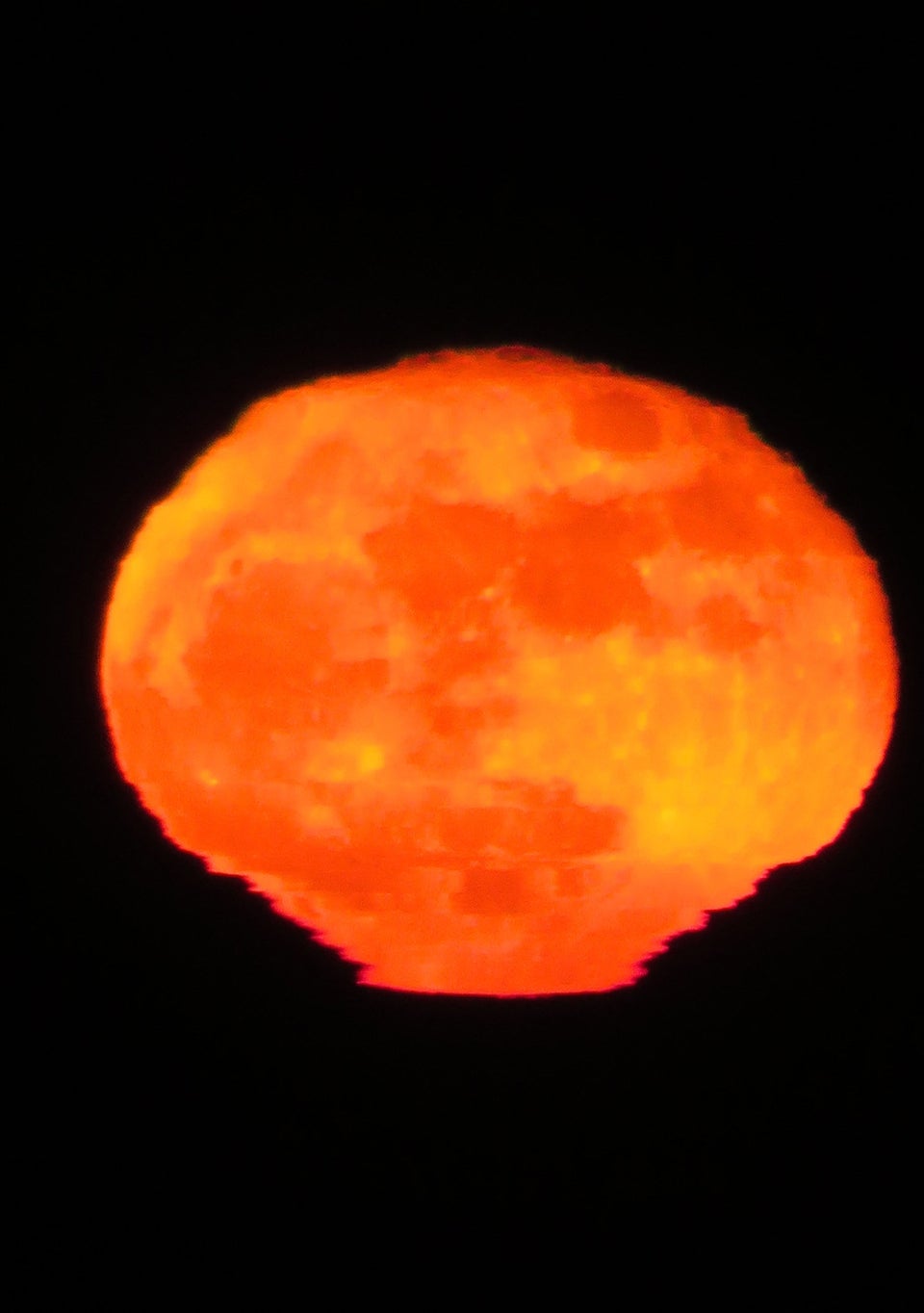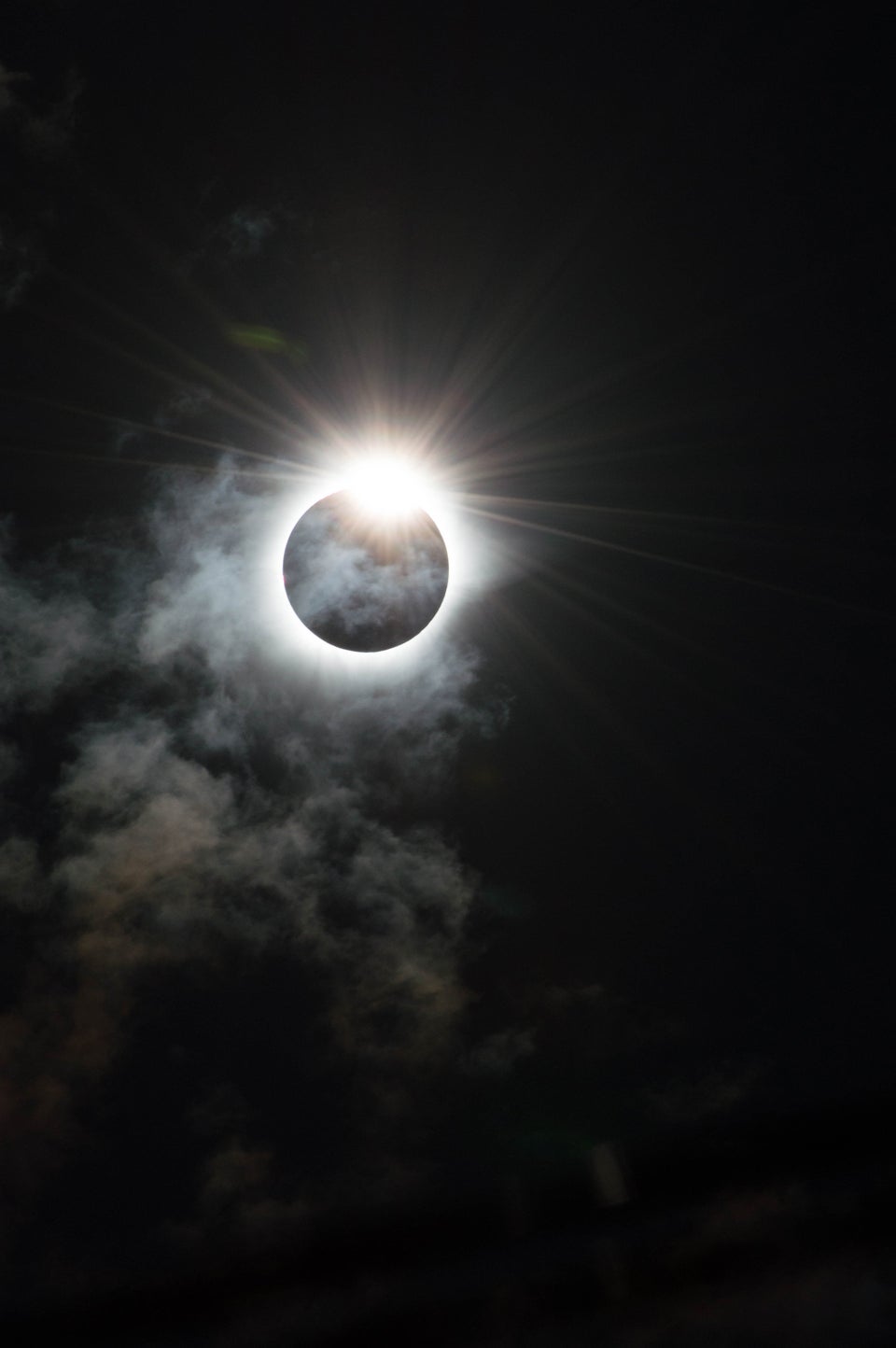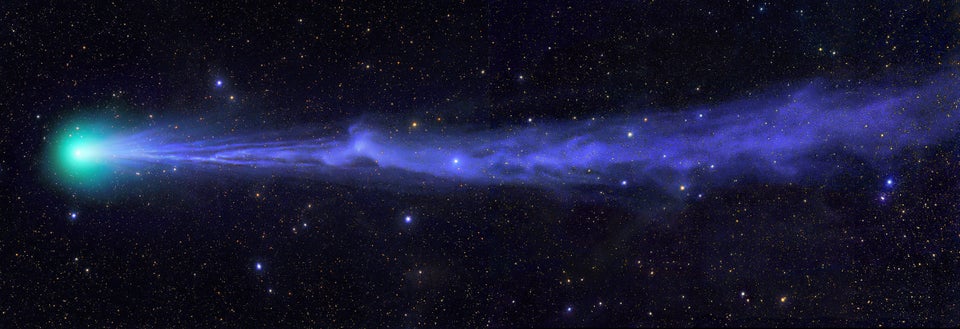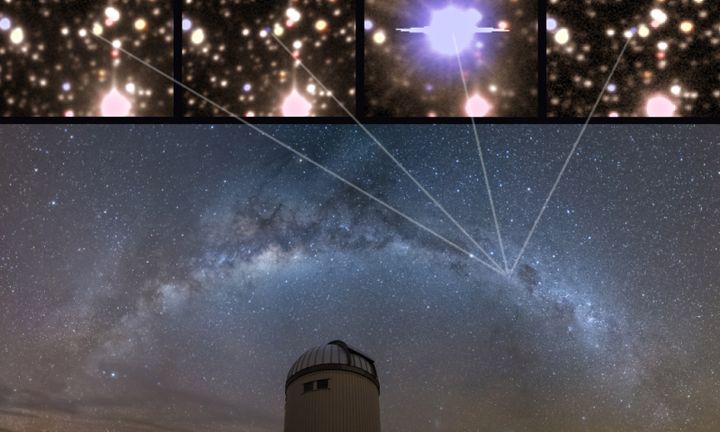
Scientists have for the first time captured images of a star during and after its explosion.
The tiny white dwarf was locked in a binary system, spinning in a close embrace with a much larger partner star, before blowing up as a classical nova.
The images were taken at the Las Campanas Observatory in Chile as part of a sky survey originally designed to detect dark matter, the BBC reported.
The star, which is 20,000 light years away, is a faint point of light in the images, which allowed astronomers to assess how the explosion occurred.
Przemek Mróz, the study’s first author and a PhD student at the Warsaw University Astronomical Observatory, told the BBC: “Thanks to our long-term observations, we observed the nova a few years before and a few years after the explosion.”
“This is very unusual, because generally novae only attract attention when they are very bright - when they are in eruption.”

Unlike a supernova, a classical nova does not lead to the star being destroyed. In this case, the star siphons gas from from its partner star, triggering a thermonuclear explosion. Scientists said the rate of mass transferred to the white dwarf rapidly increased after the explosion, phys.org reported.
The researchers believe that periods of brightening and dimming lend weight to the hibernation theory, which suggests that there are periods of very little activity during the binary system’s life and that the events are cyclical, with explosions every few million years.
But some scientists believe we need more data before settling on the idea that this was a hibernating system. Christian Knigge from the University of Southampton told the BBC:
“I do think this data is going to shed light on classical nova theory - but from my perspective it’s too early to claim that this is a clear case of a hibernating system that’s now erupted.”
Astronomy Photographer of the Year 2016



